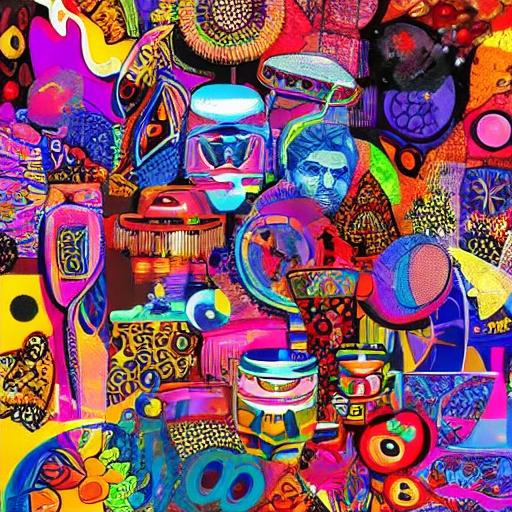Imagine owning a Mona Lisa that can be displayed on your smartphone or a rare Pokemon card that doesn’t take up any physical space. Welcome to the world of Non-Fungible Tokens (NFTs), the latest craze that is revolutionizing the way we buy, sell, and collect digital assets.

Before we dive into the concept of NFTs, let’s understand what makes them unique. Unlike cryptocurrencies such as Bitcoin or Ethereum, which are fungible and can be exchanged on a like-for-like basis, NFTs are unique, indivisible tokens that represent ownership or proof-of-authenticity of a specific item or piece of content. This could range from digital art, music, videos, virtual real estate, to even tweets. Each NFT holds a specific value and cannot be replicated or replaced, making it one-of-a-kind and irreplaceable.
So, how does it work? NFTs are built on a blockchain, typically using the Ethereum network, ensuring transparency, security, and immutability. Each NFT is assigned a unique identifier, which is stored on the blockchain, providing a record of its ownership and transaction history. This allows creators to prove the authenticity and provenance of their digital assets, while buyers can verify the ownership and rarity of their purchases.
The concept of owning digital assets is not entirely new, but it was the advent of NFTs that truly unlocked the potential of digital ownership. Artists, musicians, and creators alike have embraced NFTs as a way to monetize their work in a decentralized and direct manner, bypassing intermediaries such as galleries or streaming platforms. With NFTs, creators can sell their digital art pieces or music directly to collectors, retaining more control and profits over their creations.
For collectors and enthusiasts, NFTs open up a whole new world of possibilities. No longer bound by physical limitations, individuals can now own and display their favorite digital collectibles, from virtual real estate in decentralized metaverses to rare trading cards in blockchain-based gaming platforms. NFTs provide a unique way to express one’s individuality and be a part of a growing digital community.
However, the explosion of NFTs has also raised concerns around environmental sustainability and market volatility. Due to the energy-intensive nature of blockchain mining, particularly for platforms like Ethereum, the carbon footprint associated with NFTs has become a subject of debate. Additionally, the volatile nature of the market has led many to question the long-term value and sustainability of NFT investments.
Despite these challenges, the NFT market continues to thrive, with record-breaking sales hitting headlines regularly. From Beeple’s digital artwork that sold for $69 million to NBA Top Shot’s digital collectible moments generating millions in revenue, NFTs have captured the attention of mainstream media and investors worldwide.
So, what does the future hold for NFTs? As technology evolves and mainstream adoption increases, we can expect to see more diverse use cases and innovative applications for NFTs. From virtual fashion items that can be worn in augmented reality to concert tickets that grant exclusive access to virtual performances, the possibilities are endless.
In conclusion, NFTs have revolutionized the concept of digital ownership, empowering creators, collectors, and enthusiasts alike. While challenges exist, the potential for NFTs to reshape industries and unlock new economic opportunities cannot be ignored. Whether you’re a digital artist looking to monetize your work or a collector wanting to own a piece of digital history, NFTs offer a gateway into the exciting world of digital collectibles.
